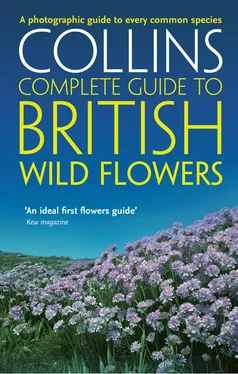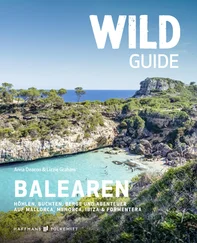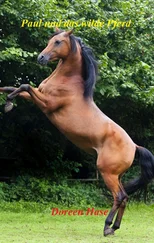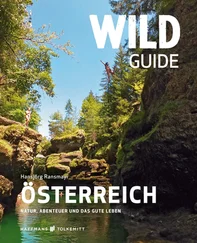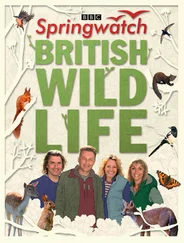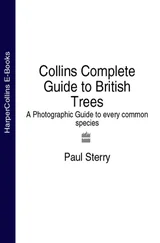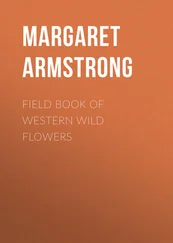Dandelion seeds are armed with a tuft of hairs – the pappus – that assists wind dispersal. While it remains intact, the collection of seeds and hairs is often referred to as a ‘clock’.
The fruits of Field Gromwell are hard-cased nutlets, designed to be resistant to abrasion and wear, allowing the species to grow as an arable weed, but of course only in the absence of herbicides.
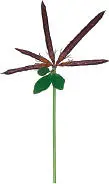
Like other members of the pea family, the fruits of bird’s-foottrefoil are elongated pods.
The seeds of Elder are contained within luscious berries. These are eaten by birds and the seeds (protected by a coating resistant to being digested) are dispersed with the droppings.

The fruits of roses are fleshy and known as hips; inside these are seeds (dry achenes).
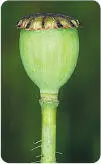
The fruit of the Common Poppy is a hollow vessel that contains thousands of minute seeds. When the fruit is ripe, holes below its rim allow seeds to escape when the plant is shaken by the wind.
In strict botanical terms, the fruits of the Raspberry are a collection of small drupes – each one a fleshy fruit that contains a hard-coated seed.
BEING THE MAIN STRUCTURES responsible for photosynthesis, a plant’s leaves are its powerhouse. They vary from species to species and come in a wide range of shapes and sizes. Their appearance is an evolutionary response to the plant’s needs, in particular factors such as the habitat in which it grows, the degree of shading or exposure dictated by its favoured growing location, and rainfall. In most instances, all the leaves on a given plant are likely to be broadly similar to one another, although size tends to decrease up the stem of a plant. However, to complicate matters, basal leaves can be entirely different in appearance from stem leaves. This applies to a number of species, notably some umbellifers.
In essence, leaves are thin and rather delicate structures. However, rigidity is maintained by a network of veins through which pass the ingredients required for photosynthesis, and the products of the process.
The intricate network of veins in a leaf is often best appreciated after autumn leaf-fall in deciduous species. Softer tissue decomposes before the veins themselves disintegrate, leaving striking leaf skeletons.
Leaf shape is not an infallible guide to plant identity, so its importance as an identifying feature is secondary to the appearance of flowers. There are many instances where entirely unrelated plants have superficially very similar leaves and great care must be taken when using leaf shape alone for identification. However, there are also plenty of instances where leaf shape is distinctive and diagnostic, or where it allows the separation of closely related plants that have superficially similar flowers. So it is worth paying attention to the variety of leaf shapes found among British wild flowers, some of which are shown right and overleaf along with the common descriptive name by which their shapes are known. Also shown are a variety of distinctive marginal features.
OVATE


LANCEOLATE
ROUNDED

POINTED-TIPPED
SPOON-SHAPED

LINEAR


ROUNDED-TIPPED

TOOTHED (DENTATE) MARGIN

HEART-SHAPED (CORDATE) BASE


PINNATE
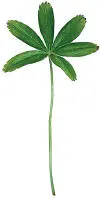
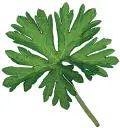
PALMATE

LOBED MARGIN
CLASPING BASE
TRIFOLIATE (OR TREFOIL)

FINELY DIVIDED
WHEREVER CONDITIONS ARE SUITABLE for life then plants are likely to grow. Although some species are rather catholic with regard to where they grow, most are much more specific, influenced by factors such as underlying soil type, whether the soil is waterlogged or free-draining, summer and winter temperature extremes and so on. Consequently, where environmental conditions are broadly similar, the same plant species are likely to be found; where these communities are recognisably distinct they are referred to by specific habitat names. In Britain, many of our most distinct habitats owe their existence to past and present human activity, so they are classed as semi-natural in ecological terms.
Woodlands of deciduous trees are found throughout most of the region. They are (or would be, if allowed to flourish) the dominant natural forest type of all regions except in parts of Scotland where evergreen conifers predominate. As their name suggests, deciduous trees have shed their leaves by winter and grow a new set the following spring. The seasonality seen in deciduous woodland is among the most marked and easily observed of any habitat in the region.
Almost all woodland in the region has been, and still is, influenced in some way by man. This might take the form of simple disturbance by walkers, at one end of the spectrum, or clear-felling at the other. Man’s influence is not always to the detriment of wildlife, however. Sympathetic coppicing of Hazel and Ash, for example, can encourage a profusion of wild flowers. In particularly rich locations, carpets of Bluebells, Wood Anemones and Wood Sorrel form the backdrop for more unusual species such as Early Purple Orchid and Greater Butterfly Orchid, Goldilocks Buttercup and Herb-Paris.
Читать дальше
